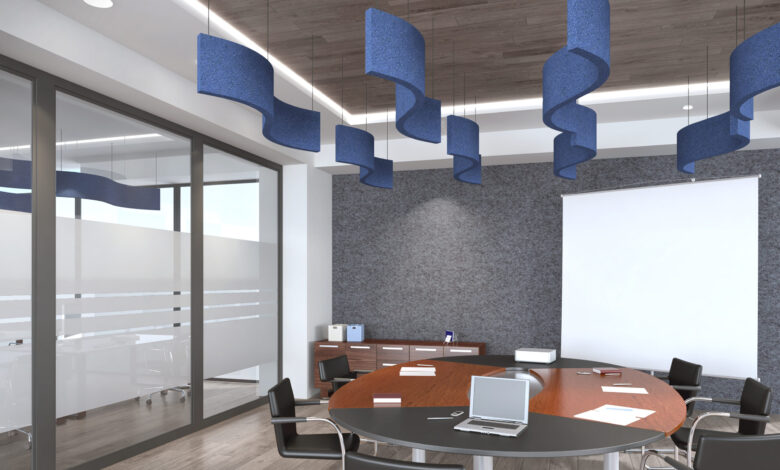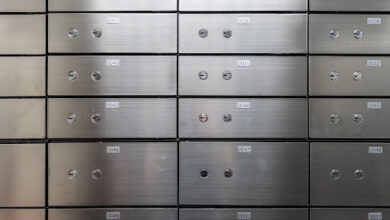What Are Acoustic Panels and Why Do You Need Them?

Are you tired of dealing with echoes and unwanted noise in your home or workspace? Look no further than acoustic panels! These versatile sound-absorbing solutions are becoming increasingly popular among homeowners, businesses, and music enthusiasts alike. In this blog post, we’ll take a closer look at what exactly acoustic panels are – and more importantly, why you need them. From enhanced sound quality to improved productivity to better sleep habits, the benefits of Acoustic Panels are truly endless. So sit back and get ready to discover how these simple yet effective products can transform any space into a quieter, more peaceful environment.
What are acoustic panels?
Acoustic panels are a type of soundproofing material made up of a number of thin sheets that can be placed between walls and ceilings to help reduce noise levels. They work by absorbing sound waves and preventing them from reaching your ears. Acoustic panels can be used in both residential and commercial spaces, and are a popular choice for libraries, schools, and offices because they’re relatively affordable and easy to install.
What are acoustic ceiling baffles?
Acoustic ceiling baffles are used to reduce sound transmission through ceilings, walls, and other surfaces. They are typically made of materials that reflect or absorb sound waves.
How do acoustic panels work?
Acoustic panels are windows that use sound to block noise. They’re often used in offices, schools, and other places where noise is a nuisance. Acoustic panels work by using sound waves to bounce off the surface of the panel and create a barrier between the noise and the person or thing inside. This prevents the noise from entering and disrupting the people or things inside.
Advantages of acoustic panels and acoustic ceiling baffles
acoustic panels and acoustic ceiling baffles offer many advantages over traditional building materials when it comes to soundproofing. Acoustic panels are made of sound-dampening material, such as fiberglass or cellulose, that is sandwiched between two sheets of metal. The panels can be installed in ceilings, walls, and floors to create a sound-blocking barrier. Acoustic Ceiling Baffles are similar to acoustic panels, but they are designed to restrict sound from passing through the roof or floor above. They are typically made of wood or plastic and can be fitted into ceilings or walls.
While acoustic panel and acoustic ceiling baffle installation may seem daunting at first, there are a number of contractors who can help you determine the best way to achieve optimum soundproofing for your specific situation. Additionally, many homeowners find that installing these materials themselves is a relatively easy task.
Disadvantages of acoustic panels and acoustic ceiling baffles
Acoustic panels and acoustic ceiling baffles are two types of sound-dampening materials that can be used in a variety of applications. Acoustic panels are typically made from thick sheets of fabric or metal, while acoustic ceiling baffles are often made from dense foam or rubber.
There are several advantages to using acoustic panels and acoustic ceiling baffles in lieu of traditional soundproofing materials. These include:
1) Acoustic panels and acoustic ceiling baffles are relatively easy to install and can be quickly and easily installed without the need for special tools or expertise.
2) Acoustic panels and acoustic ceiling baffles offer better noise control than traditional soundproofing materials. This is because they can absorb more noise than conventional insulation, which means that the noise will be reduced before it reaches other areas of the building.
3) Acoustic panels and acoustic ceiling baffles are less expensive than traditional soundproofing materials, making them a viable option for larger projects or for use in multiple rooms.






